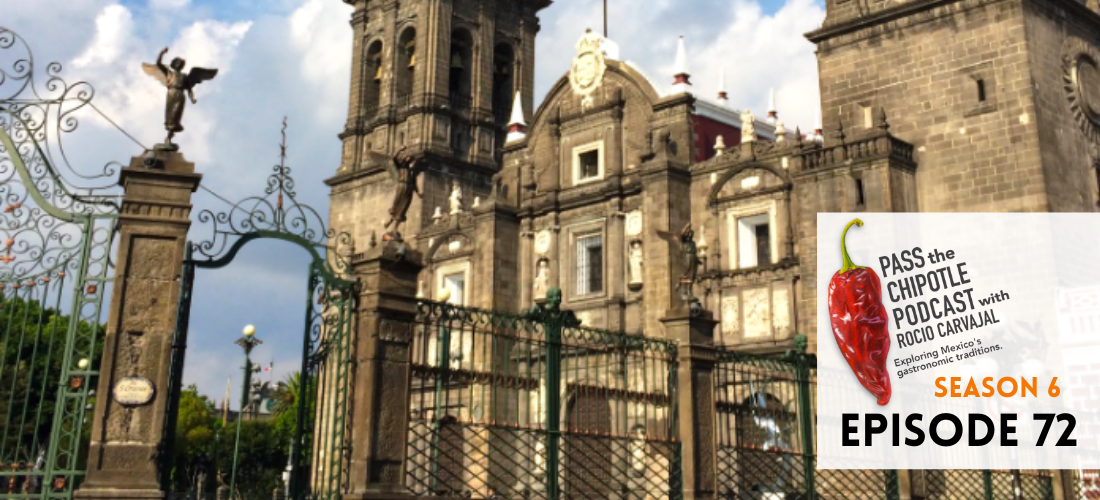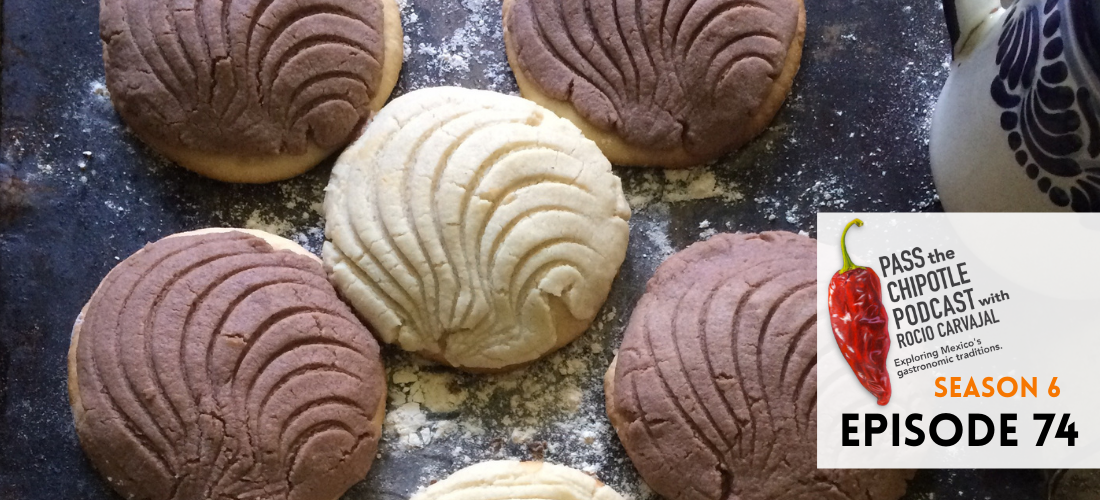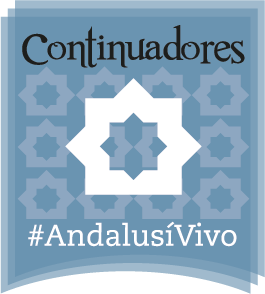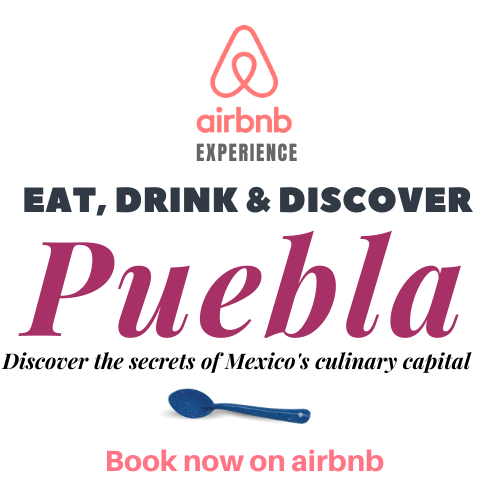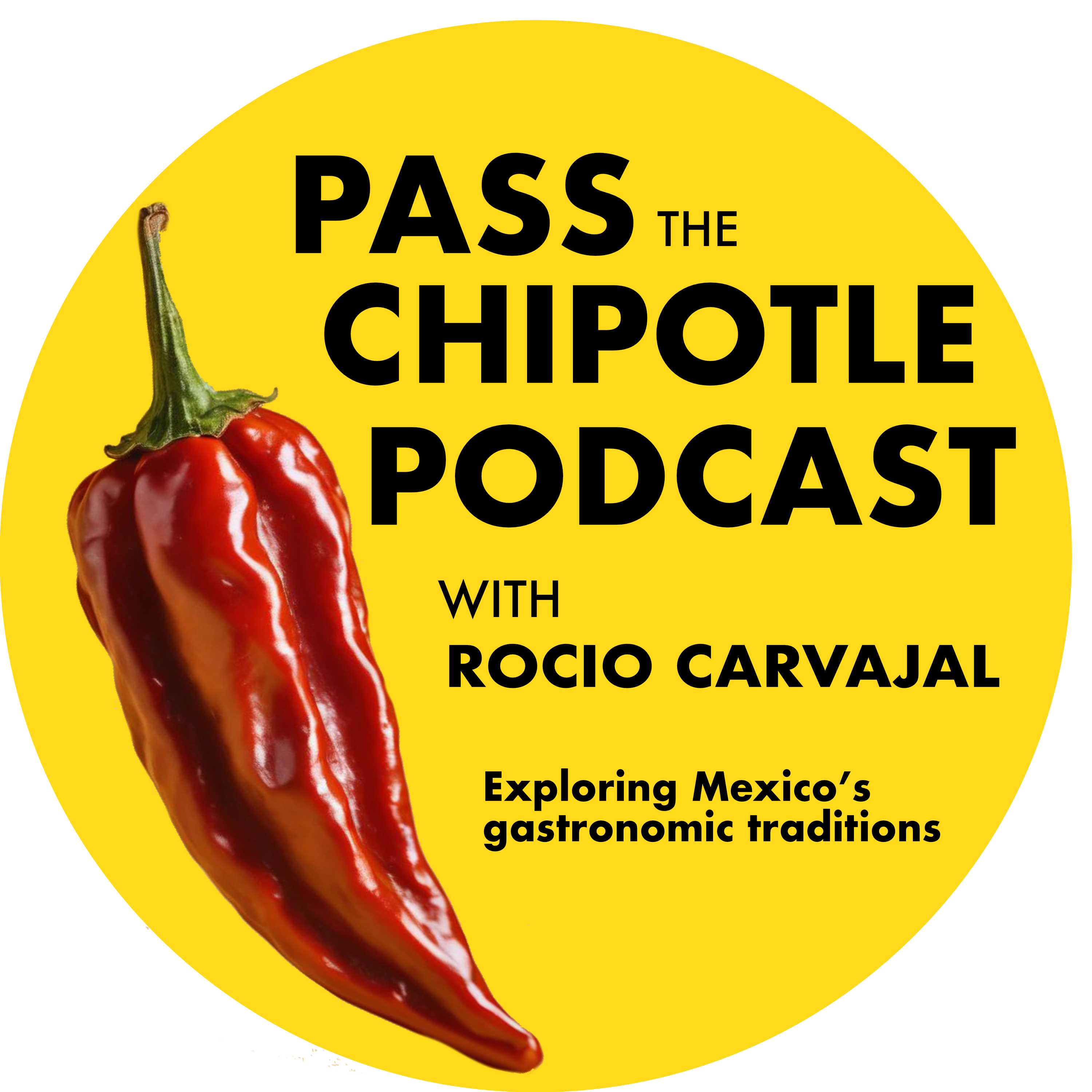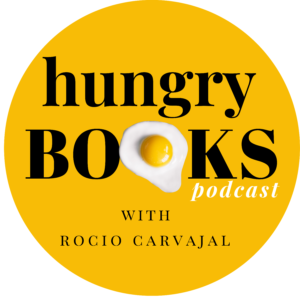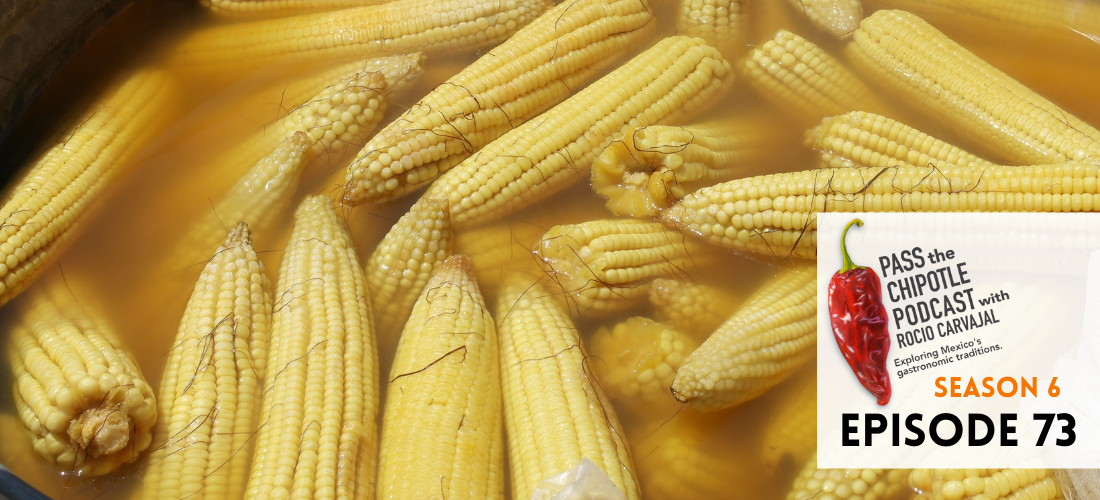
Raw, cooked & rotten: cooking methods and cultural meanings.
August 19, 2021rocio.carvajal.cortes@gmail.com
Presented by: Rocio Carvajal Food history writer, cook and author.
Episode 73
This episode explores different aspects of the cultural production of food in traditional indigenous cultures of Mexico, and some of them are related to preparation methods as explored by the“culinary triangle” of raw, cooked and rotten. And other aspects focus on the creation of meanings, practices, attitudes and uses of food in pre-Columbian and contemporary societies.
I want to get you very excited about the many different ways of analysing food that helps us see culinary traditions in a new light and broaden our possibilities of exploration and understanding of them.
………………………………………………..
Links and past episodes mentioned:
Over thousands of years, we humans have developed, improved and passed on to the next generations all the food knowledge we have accumulated, from farming to storing, processing and managing. In essence, all of the cooking techniques and methods we’ve developed respond to the need to preserve, maximise resources, make food easier and in some cases safer to eat and of course, we transform food to enhance its flavour and texture. So far, so good, but you and I know that we are very complex creatures and what really sets us apart from other species is that we can create meanings around the things we do, and indeed when it comes to food nourishing our bodies can become a secondary goal, as we often use food as a way to socialise, show affection, to mourn, to celebrate, remember, to show gratitude and even certain foods are meant to heal or restore our souls.
After a whole year doing research I finally handed in my thesis and I can tell you my head is still full of analysis frameworks, theories and all sorts of anthropological stuff. So, it was only natural that I indulged in a slightly different episode which I think is a taste of the things to come!
I wanted to go back to the basics of indigenous food, past and present and take a closer look at the techniques and methods to transform ingredients and prepare special foods that create unique textures, flavours and aromas. Also, I want to introduce you to a contemporary line of research developed by Mexican mesoamericanists focused on the ritualistic uses of food which has uncovered key elements of an extraordinarily rich food language.
References used in the making of this episode:
- Aguilar-Meléndez, Araceli, et al. (Coords) (2018) Universidad Veracruzana, Dirección. Los chiles que le dan sabor al mundo: contribuciones multidisciplinarias. https://tinyurl.com/yegom4hy
- Arturo Gómez Martínez. (2040) “Los tamales: ofrenda y simbolismo entre los nahuas de la Huasteca veracruzana, México.” En:Anthropology of food. S9. http://journals.openedition.org/aof/7534, DOI: https://doi.org/10.4000/aof.7534.
- Camacho Diaz, Gonzalo. (2010) “Dones devueltos: música y comida ritual en la huasteca”. En: Itinerarios. Vol 12. 2010. Recuperado el 11 de Diciembre de 2020 de: https://tinyurl.com/y4m9b976.
- Chávez, Ulises. (2010) “Entre alimentos, comidas y rituales. Algunas notas sobre la gastronomía prehispánica, la dieta ritual y la etiqueta gourmet mexica a la luz de la “Historia General de las cosas de la Nueva España”, de fray Bernardino de Sahagún.” En: Cinteotl, Septiembre-Diciembre de 2010. No. 12.
- Conabio. (2013) Memorias del simposio: Identidad a través de la cultura alimentaria. Comisión Nacional para el Conocimiento y Uso de la Biodiversidad. https://tinyurl.com/ye3cpc8z
- Dehouve, Danièle. (2019) “Simbolismo de las técnicas de preparación del maíz. Análisis de unos platillos tlapanecos (me’phaa) del estado de Guerrero (México)”. En: Itinerarios. Revista de estudios lingüísticos, literarios, históricos y antropológicos. Recperado el 11 de Diciembre de 2020 de: https://journals.openedition.org/aof/7559#quotation.
- Mazzetto, Elena. (2013) “La comida ritual en las fiestas de las veintenas mexicas: un acercamiento a su tipología y simbolismo”. En: Amérique Latine Histoire et Mémoire. Les Cahiers ALHIM. University of Vincennes in Saint-Denis. No. 25, 2013. Recuperado el 23 octubre de 2020 de: http://journals.openedition.org/alhim/4461.
- Mazzetto, Elena. (2017) “Un acercamiento al léxico del sabor entre los antiguos nahuas.”En: Anales de Antropología, vol. 51 (2). pp. 154-170. Recuperado el 16 de Agosto de 2021 de: https://tinyurl.com/yha9wg3b.
- Mazzetto, Elena. (2019) “Lumbres, vapores y serpientes. Apuntes sobre algunas técnicas de cocción ritual y sus significados entre los antiguos nahuas.” En: Itinerarios: revista de estudios lingüisticos, literarios, históricos y antropológicos. No. 29 pp. 63-95. Recuperado el 16 de Agosto de 2021 de: https://tinyurl.com/yfx6xvnn.
- Mazzetto, Elena. (2019) “Lumbres, vapores y serpientes. Apuntes sobre algunas técnicas de cocción ritual y sus significados entre los antiguos nahuas.” En:Itinerarios. No. 29. pp.63-95. https://tinyurl.com/ygevyfrq
- Mikulska, Katarzyna. (2007) “La comida de los dioses. Los signos de manos y pies en representaciones gráficas de los Nahuas y su significado.” en: Itinerarios, vol. 6, 2007, p. 12-37.
- Villalobos Sampayo, Leticia, et al. (2019) “Niños Dios de Huehuetlán, Tepeaca y “Huachicol”: refugio en estados de indefensión.” En: Graffylia, 17(28). pp.112-127. Recuperado el 16 de Mayo de 2021 de: https://tinyurl.com/yeqyy37o.

